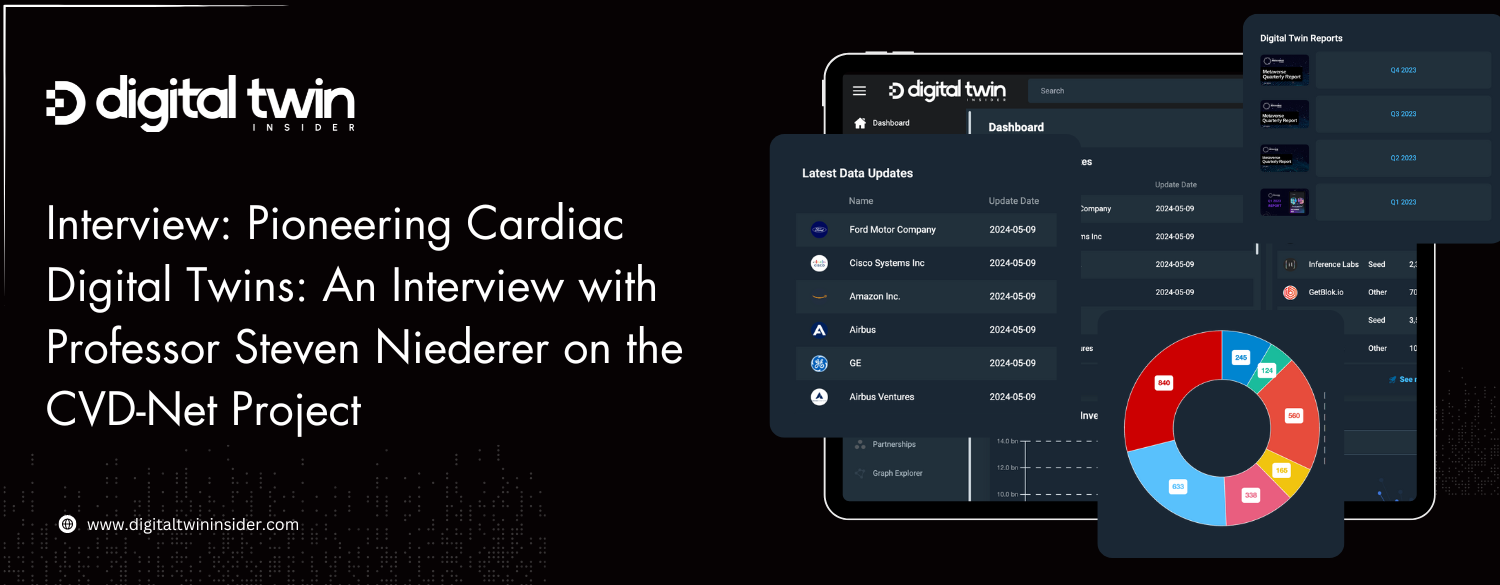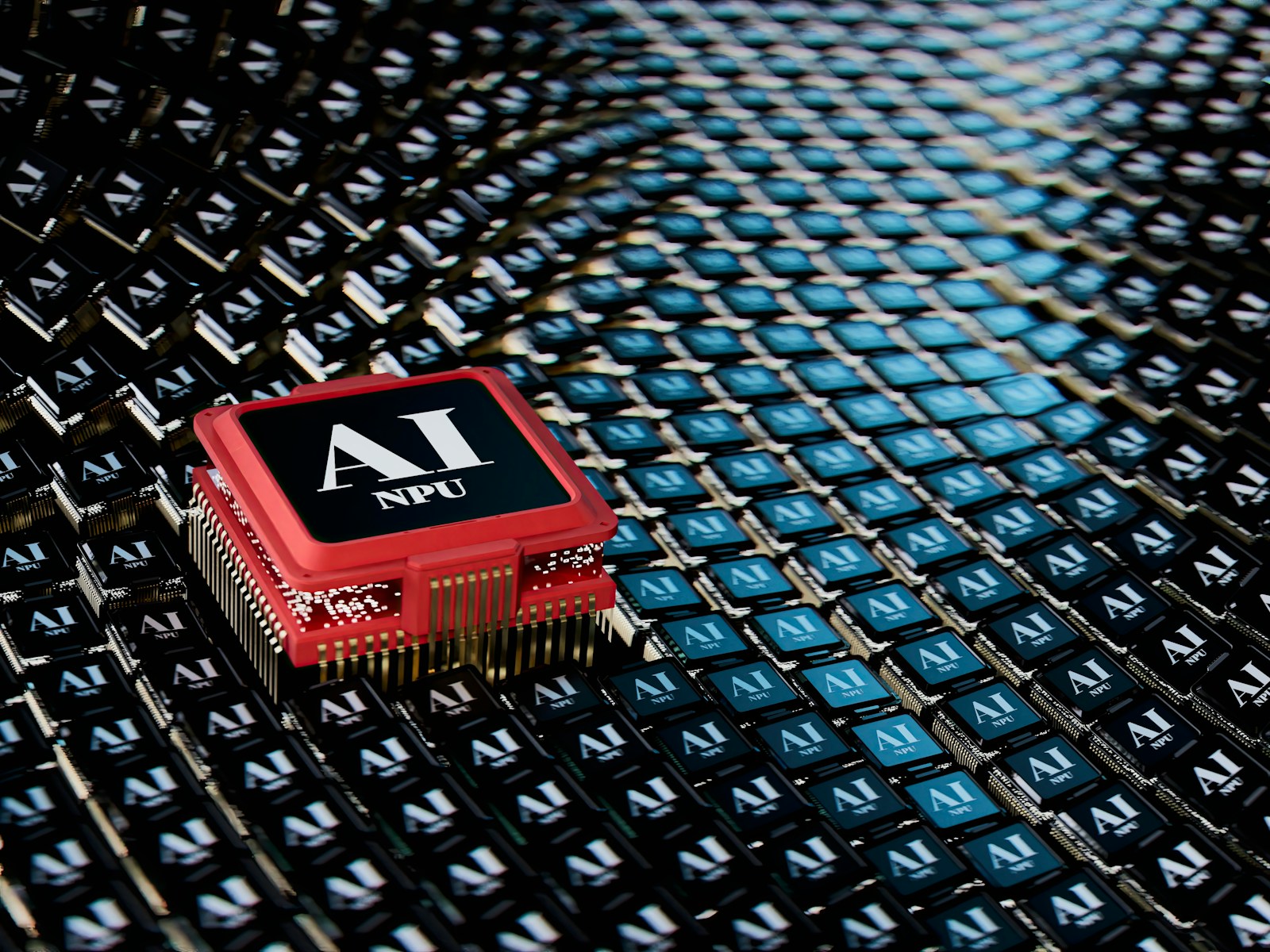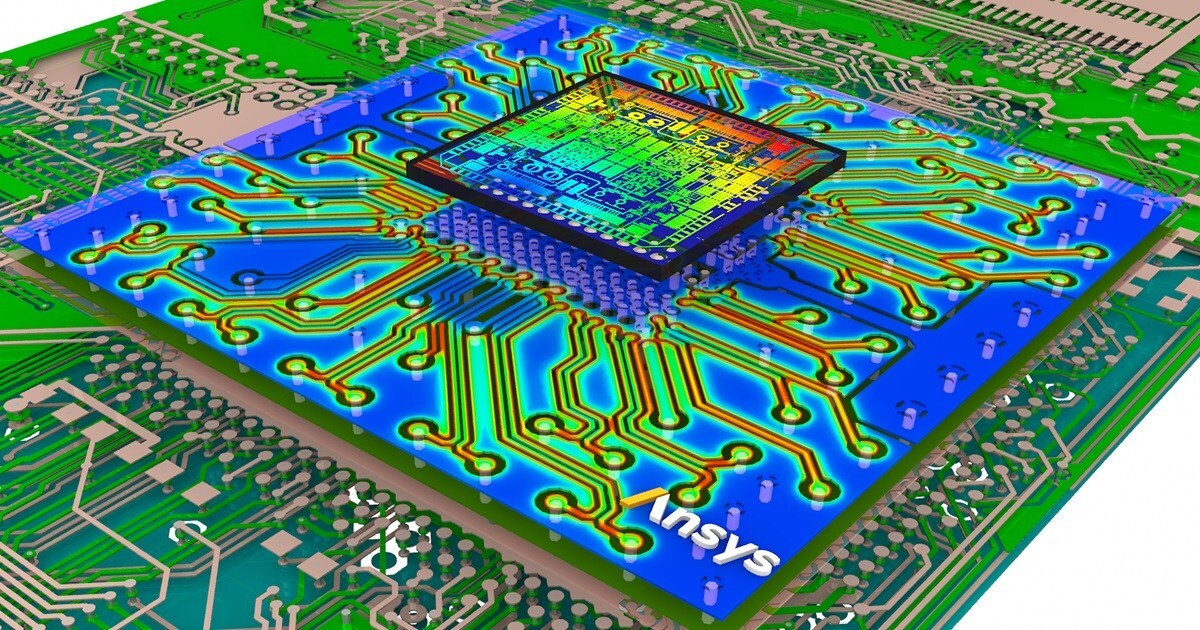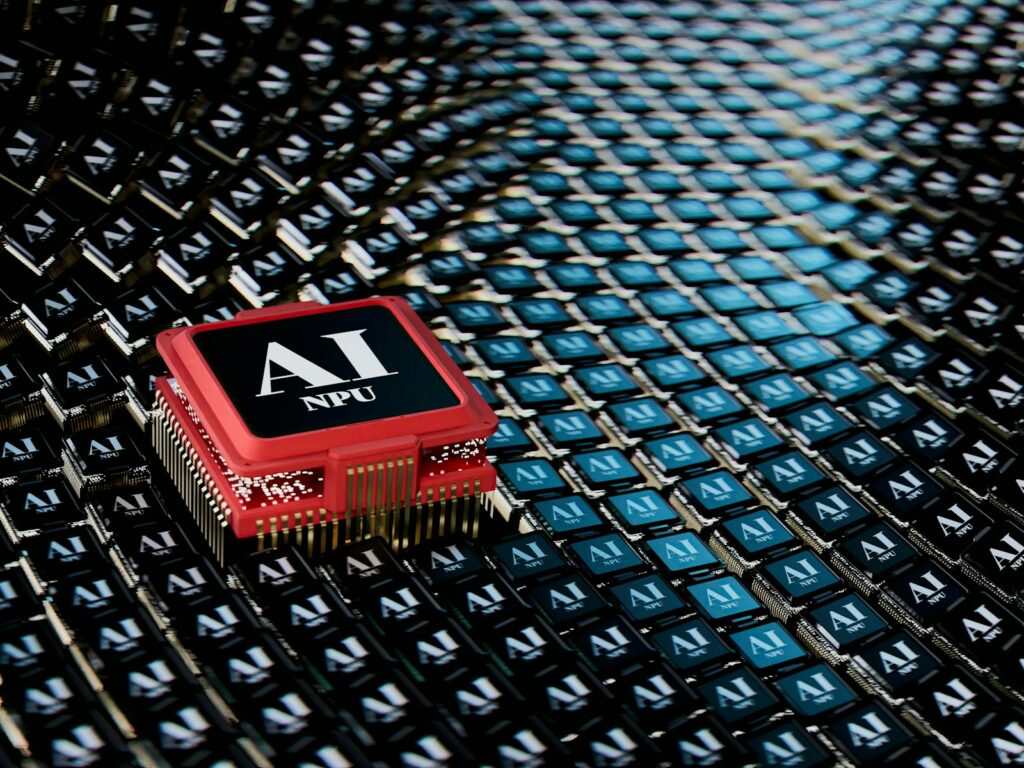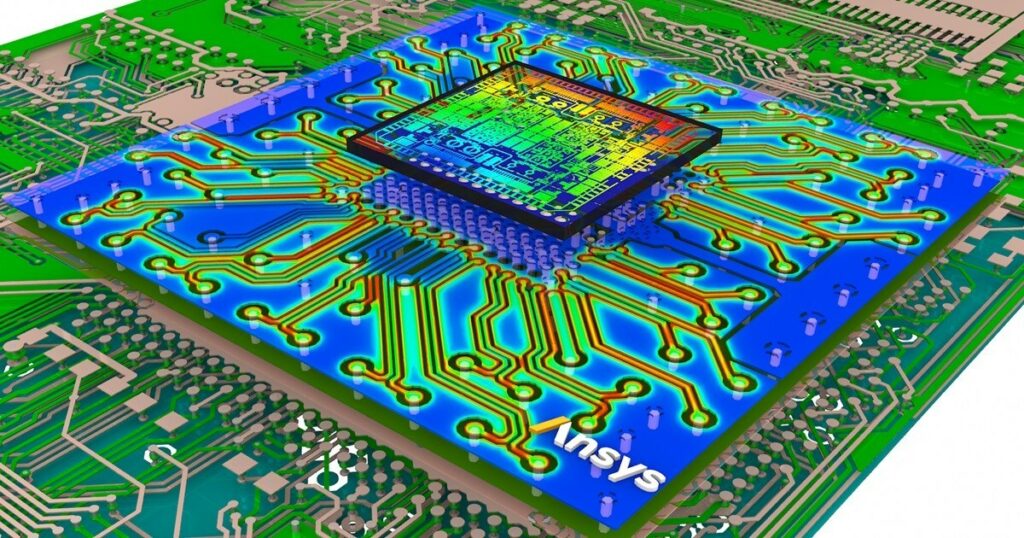Steven Niederer is a Professor of Biomedical Engineering at Imperial College London and Director of Health Digital Twins at the Alan Turing Institute. We had the pleasure of interviewing Steven regarding the development of a cardiac digital twin that he is spearheading in collaboration with leading universities such as the University of Nottingham and experts such as Professor Martin Wilkins.
Named the CVD-Net Project, the digital twin initiative aims to create a digital replica of patient hearts to treat pulmonary arterial hypertension (PAH). The endeavor will be the first digital twin trial for the UK National Health Service.
Bright and early on a fairly bleak British morning, Steven and I started our conversation on what began as a light intellectual sparring match concerning how we define a digital twin. Steven went second amidst my far less inspiring description:

“In our field, we define digital twins as an in silico representation with a one-to-one mapping that is continuously updated. This removes the real-time requirement because ‘real-time’ varies by context—milliseconds for the internet, seconds for people, and potentially months for mountains. Our definition is precise to avoid criticism from various communities. Unlike some digital twin models that rely solely on data-driven neural or graph networks without incorporating physical principles, our approach ensures that the in silico model continuously informs decisions and adds value by feeding back into the system, whether through human intervention or automated processes.” said Steven.
After choosing careful wording in defining digital twins, Steven continued by explaining that the origin of CVD-Net came from his doctorate in Computer Science at Oxford University, where he developed a digital twin of a rat, laying the foundations for the CVD-Net project:
“In 2009, I completed my computer science degree at Oxford, focusing on creating a virtual rat heart by integrating physiological data, which led to a complex heart model for my thesis. I expanded this to human hearts at King’s College, first generic and then patient-specific models. With advancements in wearable and implantable sensors that continuously monitor heart function, we now aim to develop continuously updated virtual hearts. Unlike industries with single large assets, healthcare faces a constant influx of new patients, necessitating scalable, automated creation of digital twins.”
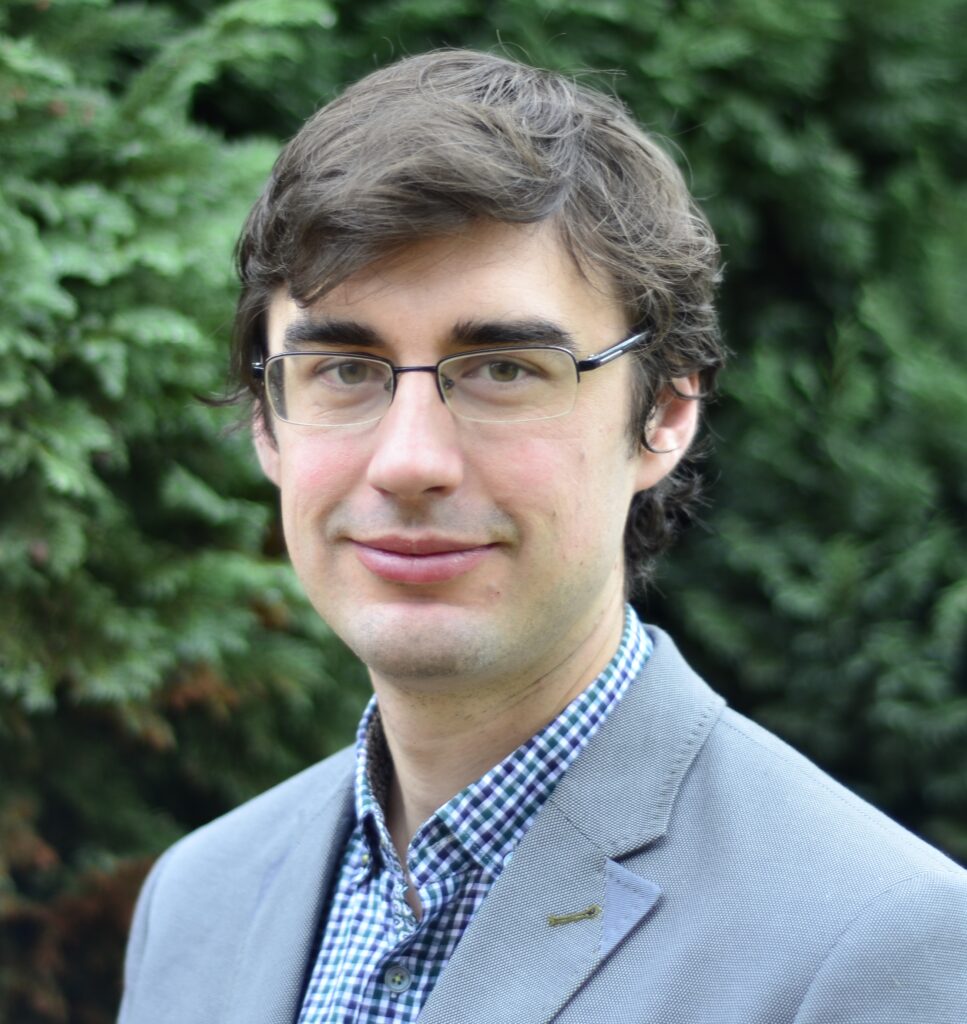
Steven elucidated further that cardiologists will be trialed with CVD-Net to see how the technology can be used in patient practice. For example, Steven explained that despite being in the research phase, the digital twin might have a noteworthy impact on patient follow-ups with constant data flows helping to schedule bespoke appointments and predict hospitalization and treatments, acting as a ‘forecasting system.’ These systems built upon the complexity of patient data are of immense value to clinicians, explained Steven:
“Clinicians always strive for better patient care, aiming for quicker recoveries, longer lives, and improved health outcomes. They see immense value in tools that help manage the complexity of patient data and provide reliable forecasts, viewing these tools as highly beneficial. We must co-develop digital twins with clinicians, ensuring we manage expectations to avoid overpromising and underdelivering.”
As we ended our conversation, Steven highlighted what success looks like for the project and the goal of developing the digital twin:
“Our goal is to create a dashboard accessible to doctors and patients, providing useful forecasts to improve care delivery and patient lifestyles. This dashboard would allow for ‘what if’ testing, better monitoring, and improved decision-making. This would signify our success, making our backend efforts and geologically exciting advancements valuable.”
For more information on Steven and his team’s invaluable work advancing biomedical engineering, check out Steven here: cemrg.com and https://www.turing.ac.uk/research/research-projects/tric-dt.
Likewise, for more information on the use cases of digital twins with healthcare, sign up for our intelligence platform for the latest insights.
If you found this article to be informative, you can explore more current Digital Twin news here exclusives, interviews, and podcasts.
